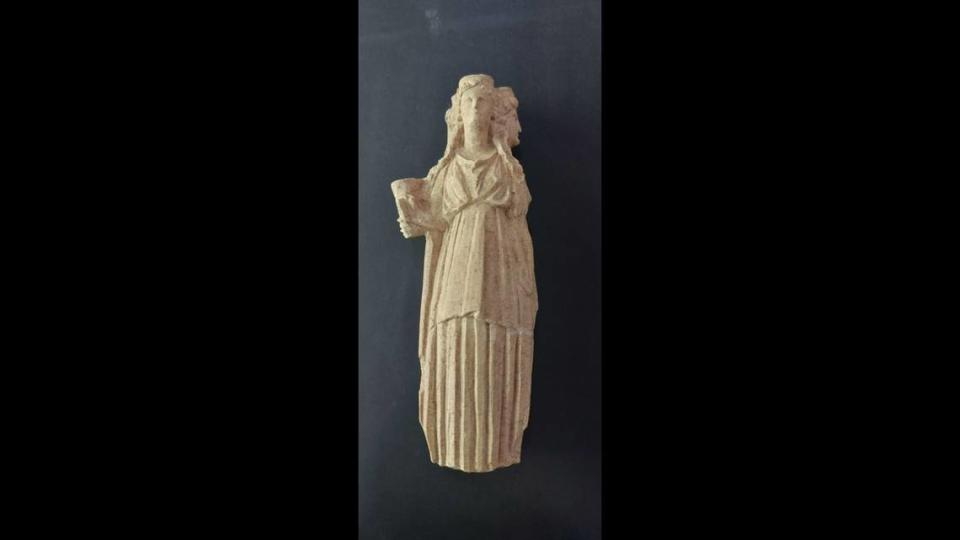2,300-year-old statue depicting 3-headed goddess of witchcraft found in Turkey. See it
More than 2,000 years ago, the city of Kelenderis was a thriving port on the southern coast of Turkey.
The city was founded during the rule of the Phoenicians, and it remained a thriving center for religion, culture and trade through the Ottoman Empire in the early 1900s, according to the Turkish Ministry of Culture and Tourism.
Archaeological excavations and explorations of the city were initiated more than 30 years ago, but experts are still uncovering new artifacts. Most recently, a team of experts from Batman University unearthed an ancient sculpture of the Greek goddess Hecate, the university said in an Aug. 18 news release.

The approximately 8-inch statue depicts Hecate with three heads, photos of the discovery show. Experts estimate that the figure dates to the Hellenistic period, making it about 2,300 years old.
Hecate
Hecate is a goddess of Greek religion known for bestowing wealth and the blessings of daily life, according to Britannica. Early depictions of the goddess showed her as a single form wearing long robes and holding a torch, but later representations began illustrating the deity with three heads or bodies.
Starting in the fifth century B.C., Hecate became associated with death, witchcraft, magic and night creatures, according to the World History Encyclopedia. She was often shown with three faces because of her role as the guardian of crossroads and boundaries.
Triple-headed or triple-bodied forms of the goddess were used as “hekataia,” guarding entrances and gates, the encyclopedia said. The first example of this form was discovered at the entrance to the Acropolis of Athens.
Other finds in Kelenderis
Decades of excavations have revealed numerous important historical discoveries in Kelenderis, now known as Aydincik.
Previous finds include the remains of an ancient castle and wall, an ancient bath complex with a mosaic, an ancient theater and a mausoleum dating to the late second or third centuries A.D., according to the Ministry of Culture and Tourism.
Google Translate was used to translate a news release from Batman University and the Turkish Ministry of Culture and Tourism website.
Ancient marble piece is perfect match for artifact found years ago. What do they mean?
Richly decorated synagogue — one of the oldest — unearthed. See its marble treasures
Ancient Roman baths — with changing room and iron window grates — unearthed in Spain

